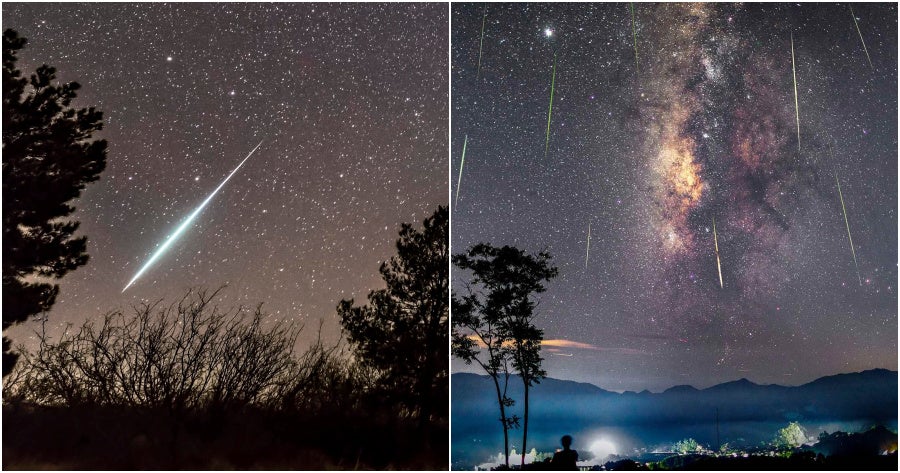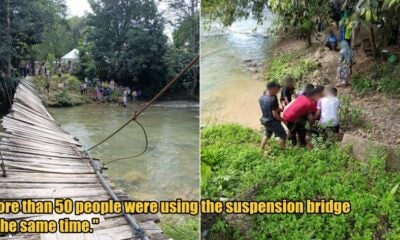If you ever feel like stargazing or simply watching the night sky with your loved ones, then you are in for a treat!
For this year alone, you will be able to 8 meteor showers and you don’t have to wait that long for the 1st one! According to a schedule released by Time and Date, the 1st meteor shower in Malaysia will be visible on 22-23 April. Here’s a list of the meteor showers that you can expect to see in 2022 and when you can catch them all.
Keep in mind that the meteor shower may be visible anytime throughout the night, but the timeframe given is expected to have the best visibility. The dates given are also expected to be the peak dates of the respective meteor showers as per the schedule by Time And Date.
1. Lyrids Meteor Shower (22-23 April)
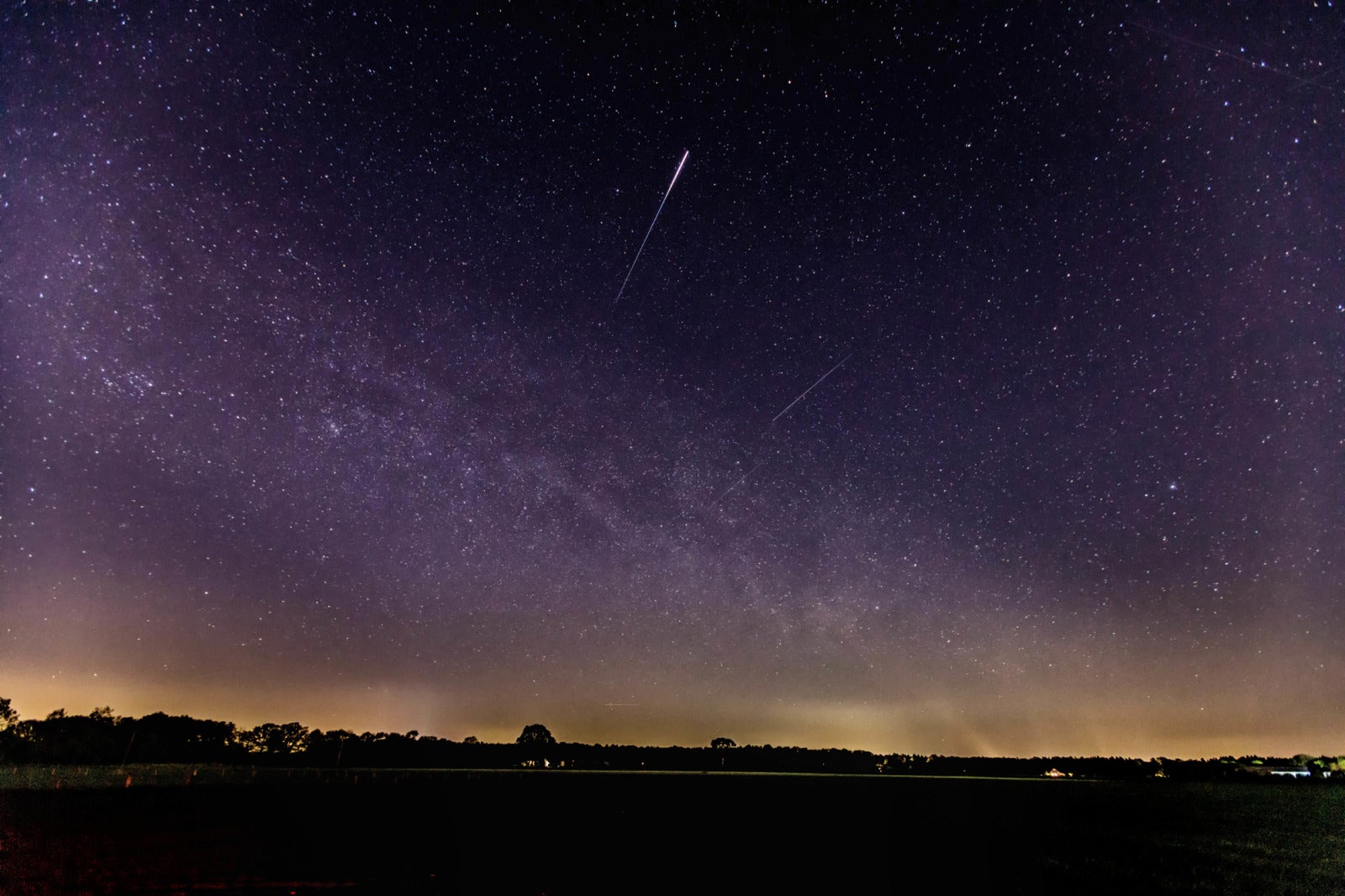
The Lyrid Meteor Shower is usually active between April 16 and 25 every year. According to some historical Chinese texts, the Lyrids has been seen as long as 2,500 years ago!
- Best visibility: 11 PM – 1:30 AM.
2. Aquarids Meteor Shower (6-7 May)

The 2nd meteor shower is expected to happen during the Raya season. Perhaps a Raya with meteor shower this year? Sometimes known as Eta Aquariid, the shower is named after the brightest star of the constellation. The Eta Aquarids is 1 of 2 meteor showers created by debris from Comet Halley
- Best visibility: 3 AM – 6:30 AM
3. Perseids Meteor Shower (12-13 August)
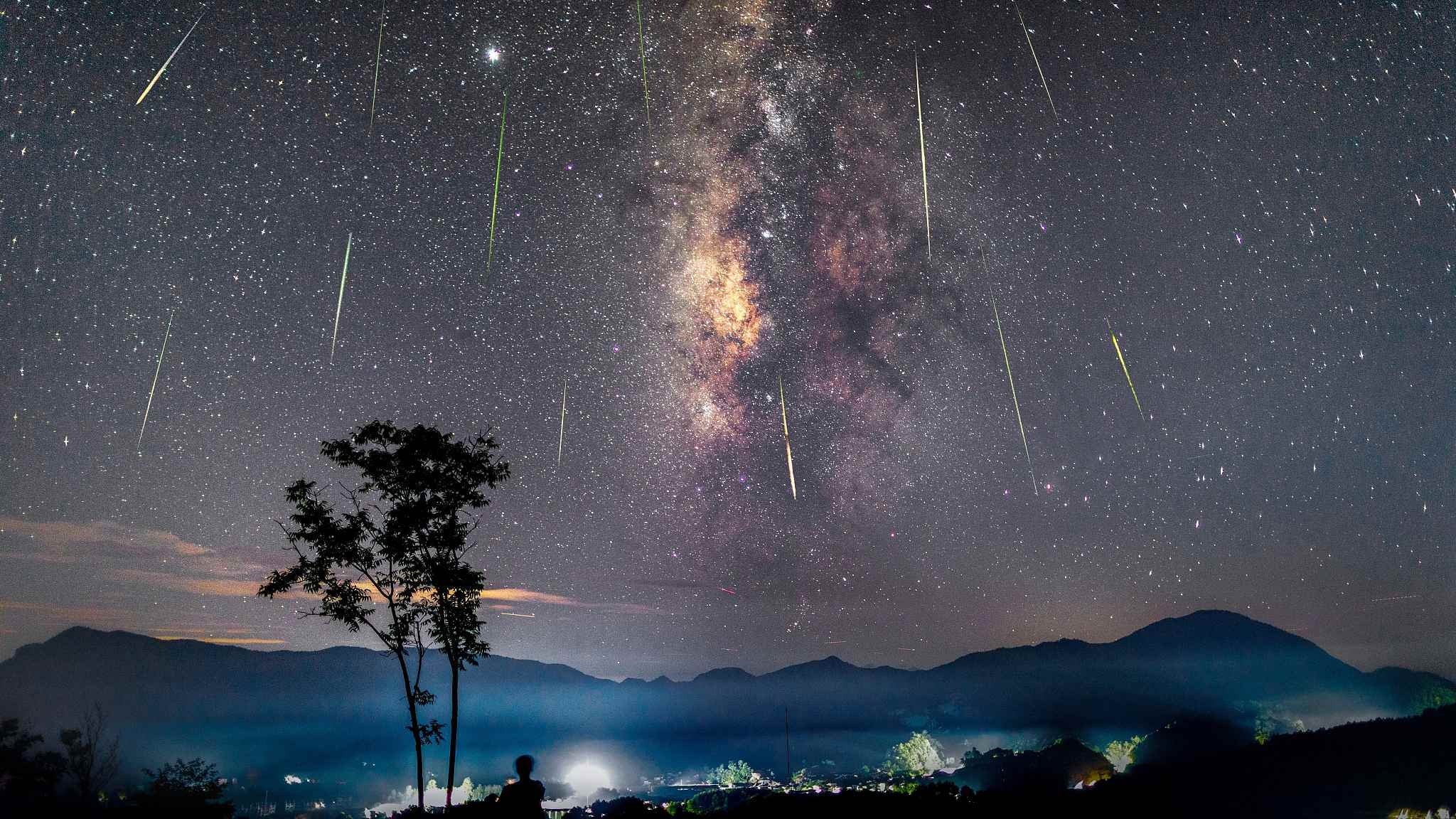
After the first 2 meteor showers, you may need to wait for a bit before the 3rd one happens in August. It is made of tiny space debris from the comet Swift-Tuttle, the Perseids are named after the constellation Perseus. At its peak, one can see 60 to 100 meteors in an hour from a dark place.
Unfortunately, at the time of writing, Time And Date has categorised the visibility for Perseids as very poor to poor. Regardless, do keep an eye for it based on the given time frame below.
- Best visibility: 12 AM – 6 AM
4. Draconids Meteor Shower (8-9 October)
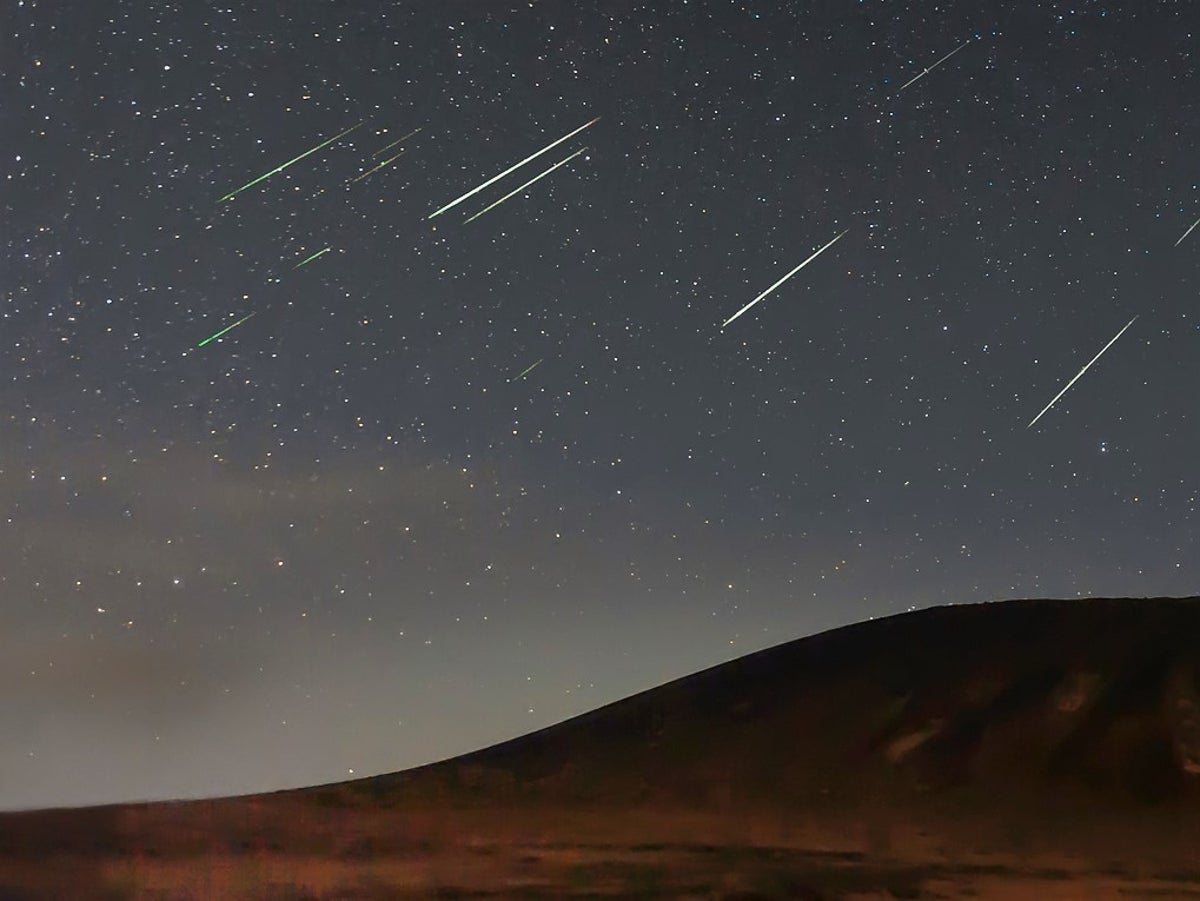
It’s a 2 months gap for the next meteor shower in late October, just in time before Halloween. Sometimes known as the Giacobinids, the Draconids owe their name to the constellation Draco the Dragon and are created when the Earth passes through the dust debris left by comet 21P/Giacobini-Zinner.
- Best visibility: 8 PM – 2 AM (The visibility after 2 AM has been categorised as Very Poor)
5. Orionids Meteor Shower (21-22 October)
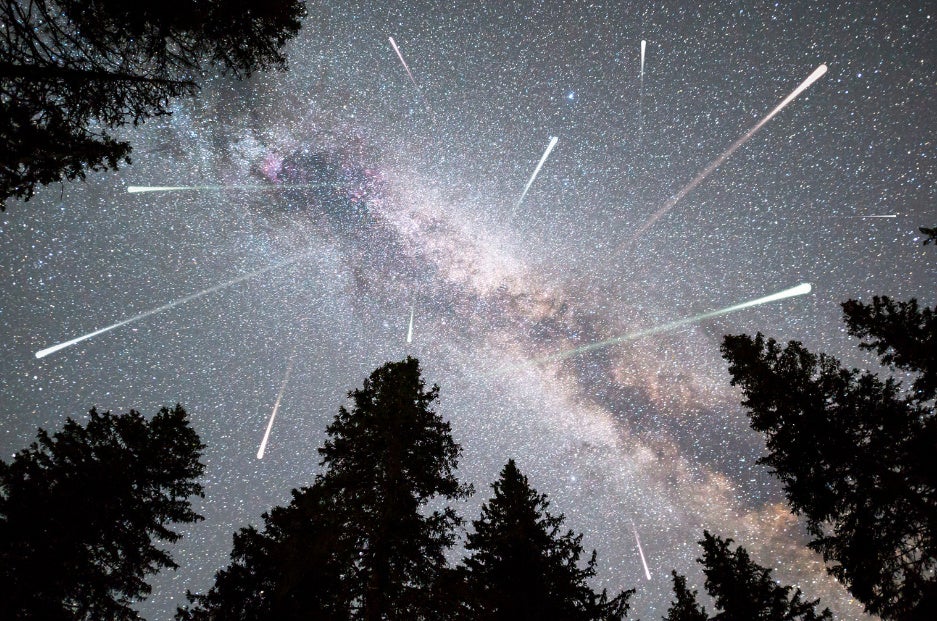
The Orionid meteor shower is the second meteor shower created by Comet Halley and usually happens in late October, just before Halloween. Orionids are named after Orion because the meteors seem to emerge or radiate from the same area in the sky as the constellation.
- Best visibility: 12 AM – 5AM
6. Leonids Meteor Shower (17-18 November)
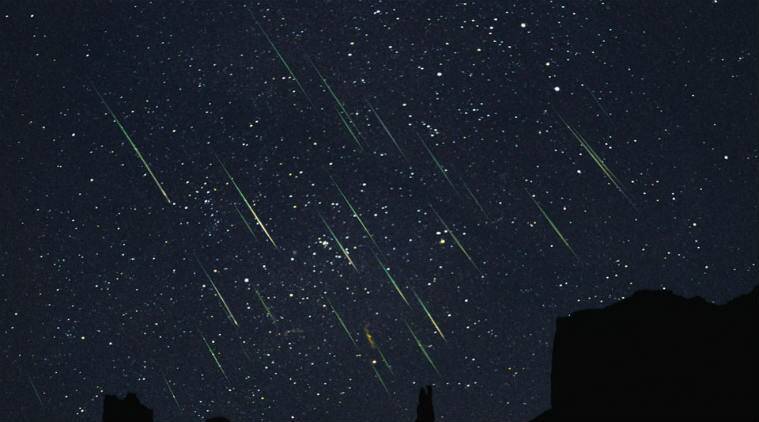
A few weeks after Orionids comes the Leonids. The shower is called Leonids because of its radiant, or the point in the sky where the meteors seem to emerge from lies in the constellation Leo.
- Best visibility: 1:30 AM – 6 AM
7. Geminids Meteor Shower (14-15 December)

The Geminids are considered to be one of the most spectacular meteor showers of the year. It is possible to spot around 120 meteors per hour at its peak. Unlike most other meteor showers, the Geminids are not associated with a comet but with an asteroid – the 3200 Phaethon.
- Best visibility: 9 PM – 12:30 AM
8. Ursids Meteor Shower (22-23 December)
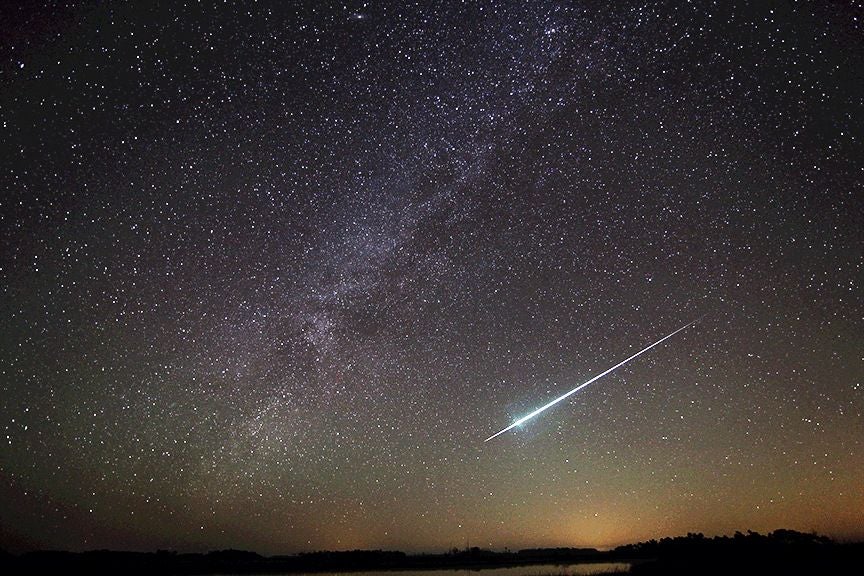
Last but not least, don’t miss the chance to catch the Ursids meteor shower before we bid farewell to 2022! A meteor shower just before Christmas sounds perfect!
At its peak, observers may be able to view as many as 10 meteors in an hour. The name originated from the direction that the meteor seem to radiate from – Ursa Minor in the sky.
- Best visibility: 2:30 AM – 6:30 AM
You don’t need much equipment to view the meteor showers. All you really need is a clear sky and a lot of patience. Remember to save the dates and let’s hope that the weather will be on our sides!
Also read: M’sians Will Be Able To See 8 Meteor Showers in 2020! Here Are The Dates To Look Out For

